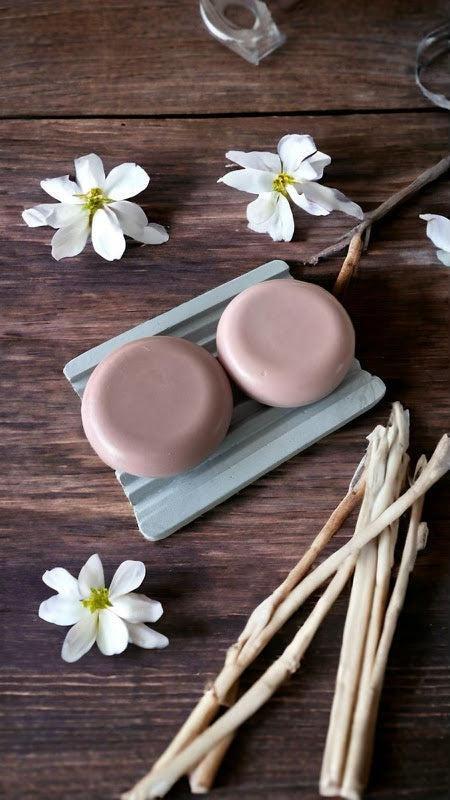
A shampoo cake lasts as long as 2-3 shampoo bottles.
Share
Financially sustainable
Shampoo cakes not only offer a number of climate and environmental benefits compared to traditional bottled products, but they also make your finances sustainable. It is fascinating to note that a single bar of soap or bar of soap can be equivalent to about two to three bottles of regular shampoo. But what is the secret behind their superiority in terms of durability and economic value?
Bottled shampoo upsets the hair's natural oil balance
If you use a traditional bottle shampoo that usually costs around 100-200 kroner, it is highly likely that it contains a strong surfactant with the abbreviation SLS, Sodium Laureth Sulfate. SLS is known for its powerful ability to dissolve grease and thereby clean the hair effectively. Despite its cleansing properties, overuse of SLS can lead to an imbalance in the scalp's natural oil production and affect hair health very negatively.
Baby Foam
A high-quality shampoo cake often contains the surfactant SCI, Sodium Cocoyl Isethionate, also known as "Baby Foam". It is a name derived from its common use in cleaning products for children due to its mild properties. The mild nature of the surfactants preserves the hair's natural oil balance.
When using mild surfactants, it takes a few days for the hair to adjust, but after that you don't need to wash your hair as often. If you are used to washing your hair every other day, you will find that you can stretch the time to every four days, or even longer, before you need to wash it again. This is a beneficial effect of using mild surfactants, and it can help reduce your need for frequent hair washing and promote a more balanced hair care routine.
Click here to get to the shampoo cake
What exactly are you paying for?
When you buy a traditional shampoo bottle, you are not only paying for the shampoo itself, but also for a range of other ingredients such as water, preservatives, thickeners, microplastics, silicones and other additives. Unfortunately, many of these ingredients have no direct positive effect on your hair and can even be harmful or irritating to both the scalp and the environment.
These extra ingredients are usually there to compensate for deficiencies in the product or to give it the right texture or appearance. Some of them, such as silicones, can give the illusion of soft and shiny hair, but can also build up over time and make hair heavy and lifeless. Others, such as microplastics, pose an environmental risk and can even harm marine life when washed down the drain.
It is true that various factors such as stress, hormones and genetics can affect sebum production and hair health. But trying a solid shampoo can be a good option to avoid unnecessary additives and potentially harmful substances. Solid shampoo, which usually comes in the form of a bar or soap, offers a more concentrated and cleaner formula that focuses on cleaning the hair without unnecessary additives. Switching to a solid shampoo can be a step towards a more natural and sustainable hair care routine, and it might be worth giving it a try to see how it works for you and your hair.
